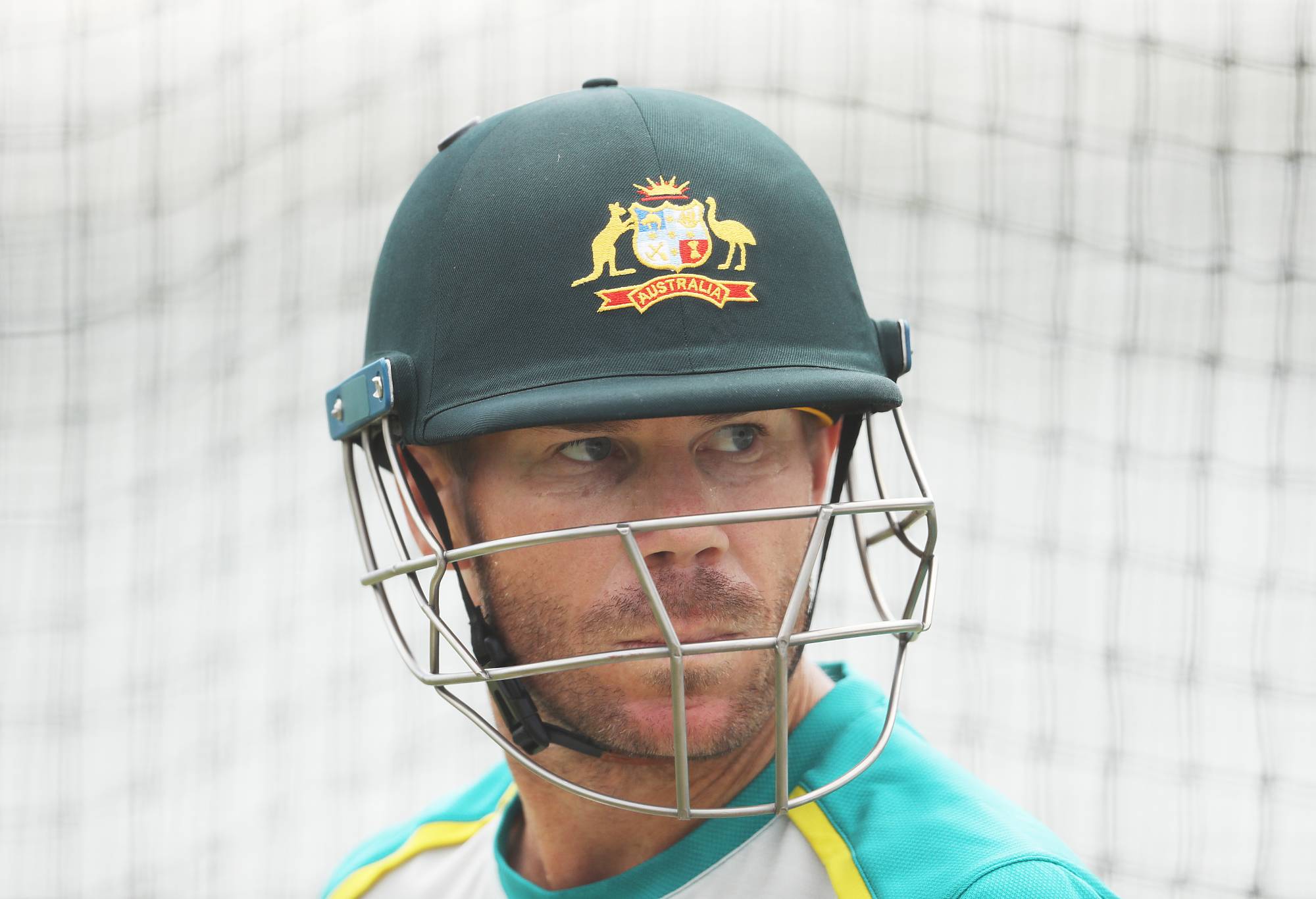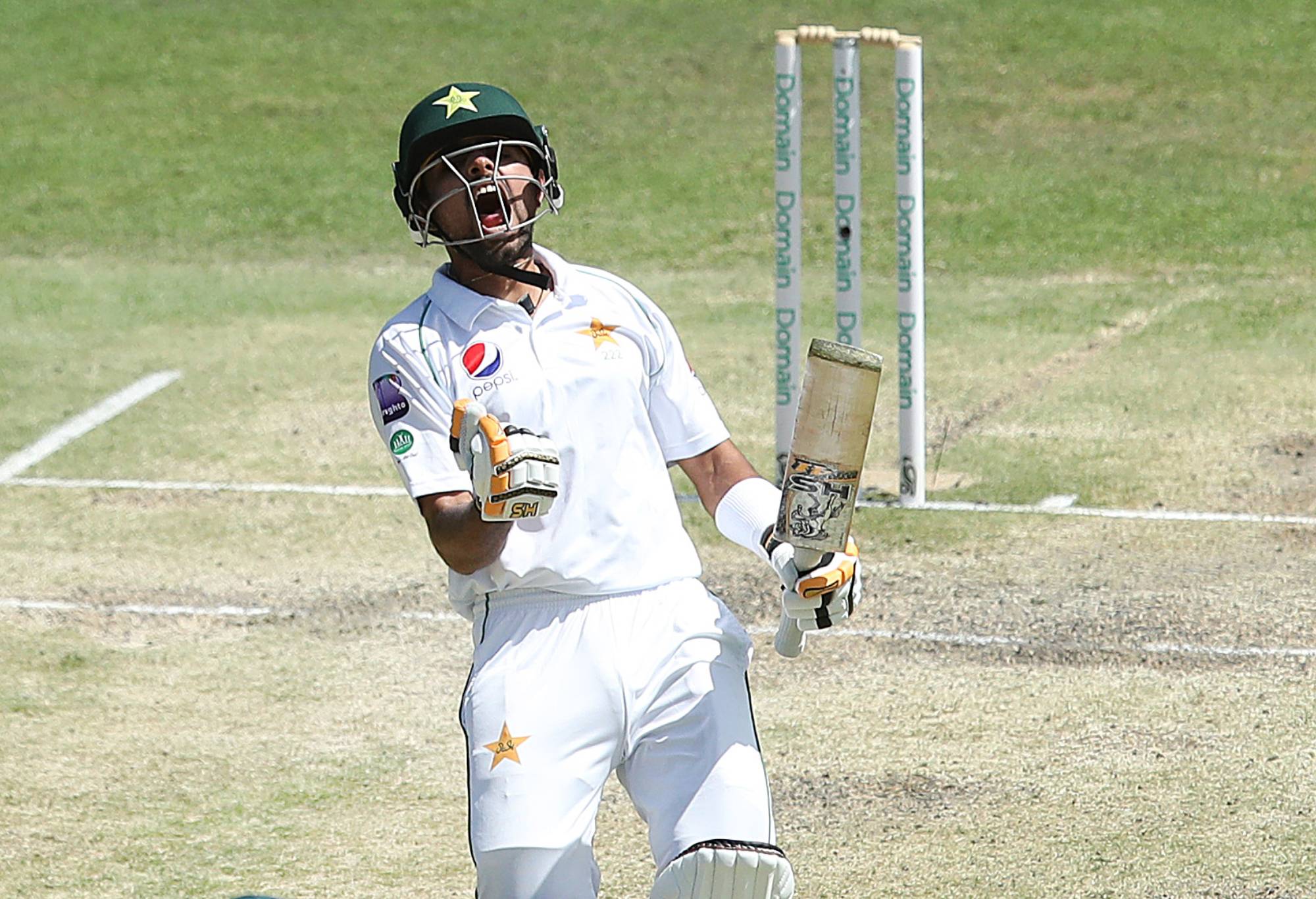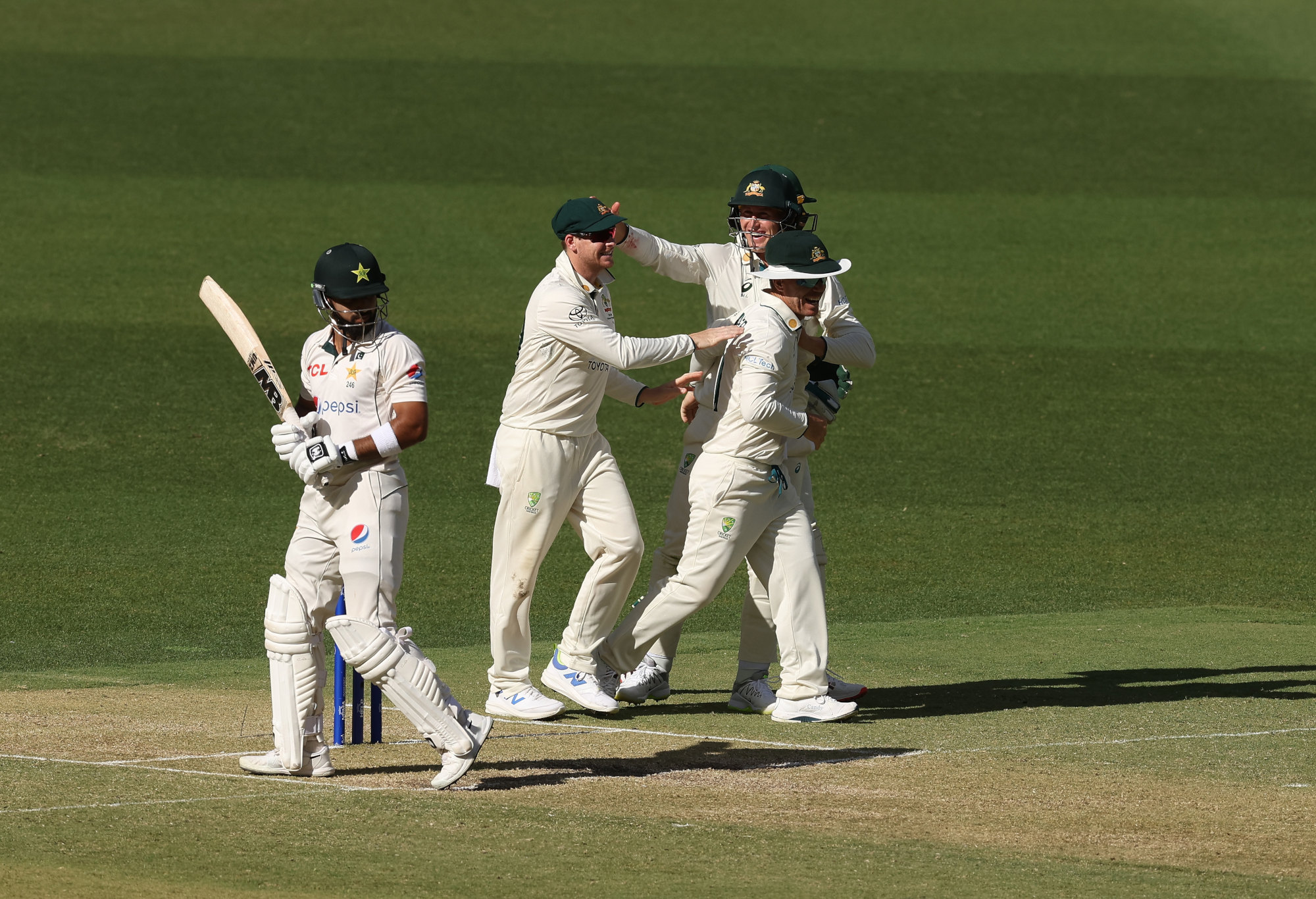Aussies leapfrog India in rankings despite neither team playing, Starc returns to form in IPL
Australia have reclaimed top spot in the ICC's Test rankings, replacing India. Despite not playing since winning 2-0 in New Zealand in March, Pat…
Opinion
The first Test match of the Australian cricket summer is finally behind us, a moment that frankly felt like it would take forever to get to.
The result? Well… the cricket is back, right?
Who replaces Dave Warner is the wrong question
For someone who has signposted that they’re calling quits after Sydney, the discourse around Warner’s exit has been a slog.
Despite the duck in the second innings, there is no denying Warner answered critics, most notably Mitchell Johnson, in emphatic fashion on day one, giving us a highlights package that reminded us of how good the Bull’s aggressive style can be when he is in form.

David Warner (Photo by Mark Metcalfe/Getty Images)
For all the talk about his farewell leading up to this series and for the stain that Sandpapergate will leave on his career, there is something fantastic about watching him on fire, hitting the ground running and looking to dominate the bowlers from the get-go.
But Warner will retire in Sydney early next month, and when he does, the question of his replacement will be all that is spoken about before the West Indies’ arrival.
While some may question where Australian cricket sits in the national zeitgeist right now, the team itself has had nothing short of a remarkably successful year.
Some may argue that the answer to who walks out onto the field alongside Usman Khawaja is in the team itself currently, my argument is that if it ain’t broke, don’t fix it.
Despite current form, Marnus Labuschagne seems to fit nicely at three, as does Travis Head and Mitchell Marsh down the order. If the Aussies want an opener, it’s probably better to bring one in.
The great thing about right now is that a variety of great openers are on the table.
The question is whether Australia want to maintain the status quo of pairing a strong defensive player like Khawaja with a more aggressive opener in the Warner mould or whether they want to pick the best option possible, even if that means two slower starters.
Cameron Bancroft and Marcus Harris were disheartened to not chalk up a decent score for the PM’s XI, but they are aggressive batters who can, with a solid anchor in Khawaja at the other end, set the agenda early.
Then you have Matthew Renshaw, who is a personal favourite. The bloke is patient, carefully builds an innings and fits more like a traditional test batter in the Rahul Dravid or Cheteshwar Pujara style.
What matters isn’t who replaces Warner, it’s asking the question of how we want Australia’s opening pair to play.
How do we set the agenda at the start of a Test? Is an aggression and anchor alliance like it has been with Warner and his many partners the best blueprint?
It’s too early to tell, but lucky for us, we have many opener options on the table. Let the chat be about that, not about how much Mitch wants to bowl a bouncer at him!

Babar Azam. (Photo by Jono Searle – CA/Cricket Australia via Getty Images)
A calamitous Pakistan batting collapse, or an ominous sign for the summer?
Was anyone else really looking forward to this Test series because it was likely to be a tougher contest than many had suggested?
Pakistan have some quality batters and exciting bowlers, so my expectation was for a compelling battle rather than a thrashing to kick things off in Perth.
Was it compelling? Honestly, in parts it was. Then day four rolled around.
Yes, their preparation of a rained-out PM’s XI game wasn’t ideal, but there was a lot to suggest that the Pakistani batting would, at the very least, offer an exciting contest against Australia’s bowling.
Babar Azam and Saud Shakeel have looked fantastic for much of 2023 and Imam-ul-Haq’s encouraging 62 in the first innings suggested the side had an ability to build partnerships.
But alas, the issues we thought might rear their heads did on day four. To be honest, it kind of sucked!
While there were concerns regarding the Pakistani bowling and fielding given their lapsing standards over the past few months in multiple forms of the game (and it didn’t look like it had improved in Canberra) to see a side rolled for just 89 was more than just an erratic pitch. It felt like a side that had given up.
When a Test turns into a foregone conclusion – even if it is in your favour – it becomes a whole lot less interesting to watch.

David Warner celebrates taking a catch to dismiss Abdullah Shafique. (Photo by Paul Kane/Getty Images)
Many cricket lovers or players, including myself, have been on the receiving end of the moments where you accept the result is inevitable. That can be liberating, because it means you can play with no fear at all. You go out, tonk the ball around, and then suddenly, when the wind blows in your favour, you might yield a surprise come from behind win.
Nup, not in Perth. Unfortunately, such a mindset didn’t enter the Pakistani change room, and it was surprising given the personnel present.
It begs the question: was the second innings in Perth just a moment where the pitch and good bowling got to Shan Masood and company, or is it a trend that we will see again in Melbourne?
The MCG wicket has been very hit and miss in recent years, but should it return to its former glory like last year, the Boxing Day Test can live up to the hype.
The summer of cricket is always enjoyable if Australia win, but that enjoyment is nothing compared to a compelling contest with both sides firing.
Perth wicket was a wild, compelling ride – and we need more of it
Let’s make something clear: a dangerous wicket with variable bounce isn’t OK and we don’t want players getting hurt due to poor conditions.
But – we do love contests, and a good wicket is one that shows its wear and tear over five days.
Batting teams, in addition to overcoming the fielding side, should also have to navigate the pitch as it deteriorates, which is what we saw in Perth.
But still – what the heck was going on there?

(Photo by Paul Kane/Getty Images)
The contrast between day one with the rest that followed has got to be one of the sharpest degradings of a wicket fans must have seen in a long time.
Granted, it wasn’t a repeat of the WACA track that greeted Australia and the West Indies in 1997, but it did get to a point where the players were battling the wicket as much as they were each other.
As a fan though, it was compelling watching. You never want any player to get hurt, but Marnus Labuschagne was correct to point out that, despite it not being fun for the batters, it was a case of playing to the conditions.
Runs could be made on wickets like that, as Khawaja and Mitchell Marsh proved with their 126-run stand in the second innings. Or say, Brian Lara still making a hundred on that ‘97 pitch, despite the conditions.
Truth is, the optics around the pitch look terrible because Pakistan were scuttled for less than a hundred.
While the wicket had something to do with it, there were also multiple poor shot selections leading to edges to the slip cordon and their terrible running between the wickets that played a role in the Pakistan capitulation.
There are few duller things in a test match than a wicket that does nothing – as anyone who saw Australia’s tour to Pakistan last year would know.
It may have radiated chaotic energy, but the Perth wicket gave us an ever evolving contest, reminiscent of the great bowling performances we saw down the road at the WACA.
There’s plenty of work for the groundstaff to do, but it definitely made things interesting. If we could just sort out that bounce…